Selections from the last several months of Magnificat.
James 1:25
But the one who peers into the perfect law of freedom and perseveres, and is not a hearer who forgets but a doer who acts, such a one shall be blessed in what he does.
1 John 3:18
Children, let us love not in word or speech but in deed and truth.
Hebrews 12:11
At the time, all discipline seems a cause not for joy but for pain, yet later it brings the peaceful fruit of righteousness to those who are trained by it.
Sirach 33:10-11, 13
So too, all men are of clay, for from earth man was formed;
Yet with his great knowledge the LORD makes men unlike; in different paths he has them walk.
Like clay in the hands of a potter, to be molded according to his pleasure, So are men in the hands of their Creator, to be assigned by him their function.
Hebrews 13:14
Here we have no lasting city, but we seek the one that is to come.
Jeremiah 17:14
Heal me, LORD, that I may be healed; save me, that I may be saved, for it is you whom I praise.
Mathew 6:26
Look at the birds in the sky; they do not sow or reap, they gather nothing into barns, yet your heavenly Father feeds them. Are not you more important than they?
Romans 12:12
Rejoice in hope, endure in affliction, persevere in prayer.
Mathew 7:7
Ask and it will be given to you; seek and you will find; knock and the door will be opened to you.
Psalm 34:20-21
Many are the trials of the just man
but from them all the LORD will rescue him.
He will keep guard over all his bones,
not one of his bones shall be broken.
Isaiah 45:8
Let justice descend, O heavens, like dew from above,
like gentle rain let the skies drop it down.
Let the earth open and salvation bud forth;
let justice also spring up!
I, the LORD, have created this.
Jeremiah 289:11
For I know well the plans I have in mind for you, says the LORD, plans for your welfare, not for woe! plans to give you a future full of hope.
Ecclesiastes 1:2-11
Vanity of vanities, says Qoheleth, vanity of vanities! All things are vanity!
What profit has man from all the labor which he toils at under the sun?
One generation passes and another comes, but the world forever stays.
The sun rises and the sun goes down; then it presses on to the place where it rises.
Blowing now toward the south, then toward the north, the wind turns again and again, resuming its rounds.
All rivers go to the sea, yet never does the sea become full. To the place where they go, the rivers keep on going.
All speech is labored; there is nothing man can say. The eye is not satisfied with seeing nor is the ear filled with hearing.
What has been, that will be; what has been done, that will be done. Nothing is new under the sun.
Even the thing of which we say, “See, this is new!” has already existed in the ages that preceded us.
There is no remembrance of the men of old; nor of those to come will there be any remembrance among those who come after them.
Like this:
Like Loading...








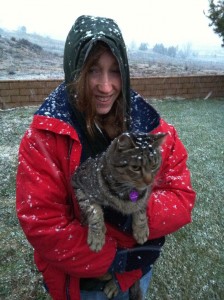
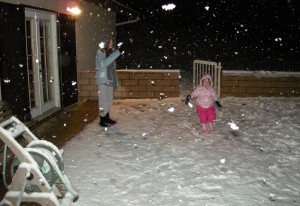
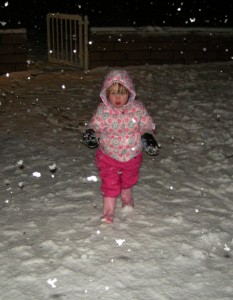
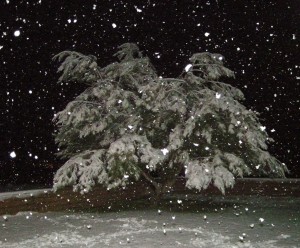
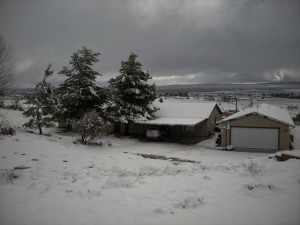

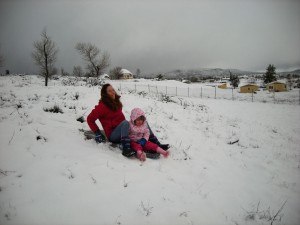

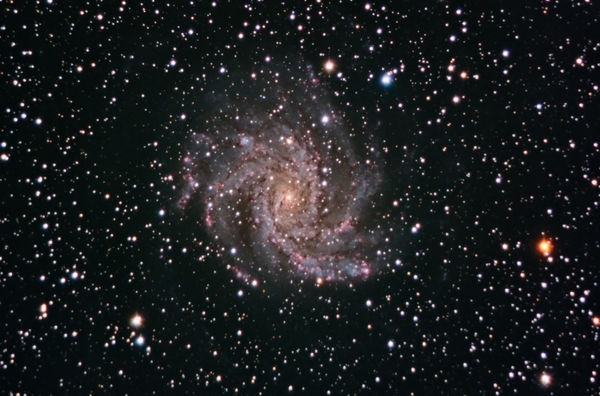
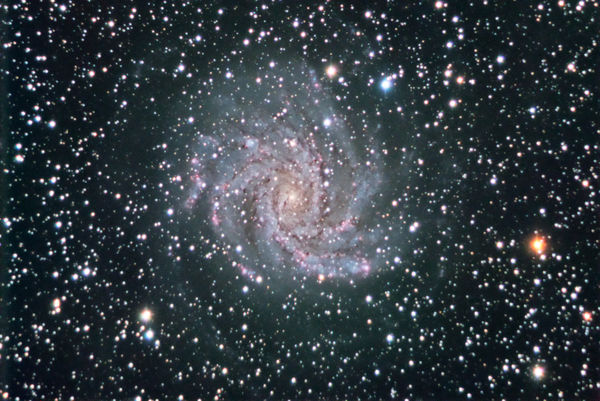
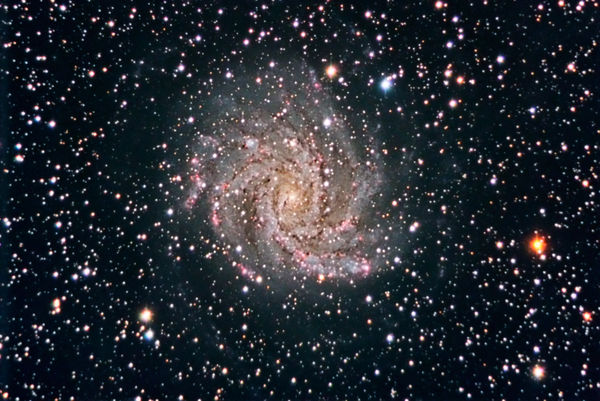
You must be logged in to post a comment.